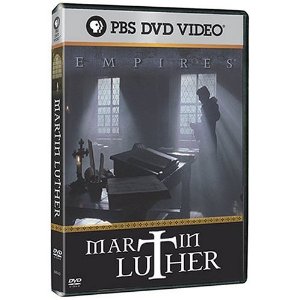Poems: “C.K.” and “P.N.S.”
I have been honored by a talented writer. She asked me to critique two of her latest poems. So, in this article I will do just that while keeping lines in the poems hidden from public view and keeping the writer anonymous. Before I turn on this contraption to dissect the efforts of others, I will attempt to summarize my known biases here in the rasx() context to remind us of just in hades I am:
- I prefer image-rich poetry: I am not attracted to depending on abstract nouns.
- I do not assume that the English language in particular and any imperial language in general are designed to capture the highest forms of enlightened humanity.
- I aggressively assume that poets love words and are quite technical with language.
- I assume that self-described “Black” poets will eventually find limitations in the English language in particular and any imperial language in general.
- I aggressively assume that a poet would rather “attack” herself rather than attack others leaving the (perhaps ignorant) reader to assume that she is holier than thou.
Okay… now for the friend that honored me: I will call her first poem c.k. and her second poem p.n.s.
c.k.
This poem starts with a strong, curt declarative statement. This first line is meant to draw the reader into the rest of the work. It is almost like a thesis statement in an essay and an advertising slogan. What the poem is selling is a critique of organized religion—and my biases prevent me from being interested in this topic. I would rather recommend watching a documentary on Martin Luther—in telling his story of protest one can learn some unpleasant things about organized religion. There is one image in that documentary that disturbs me in an educational way: the report of a young boy who died from poisoning from the gold paint covering his naked body—he died a few hours after jumping out of birthday cake made for the pope. Putting this level of detail in a poem turns a scholarly detail into fine art.
The terse economy of this poem strikes me as brutal—it answers brutality with brutality, which disturbs me with nothing but being disturbed. Every line in the poem (except for the last two lines) modify the subject—but the modifications are not unexpected.
There are a handful of attempts in this poem at rhyming and assonance—some forced couplets between words like so and go are outright disappointing. Since I have read and heard several works by this talented artist, I dare to assume that the rhyming was put into the poem for the benefit of others—not for the writer herself. Sometimes others need help with identifying poetry and a very bright talent can do embarrassing things in an effort to help the blind see.
p.n.s.
This poem is entertaining and funny. It is another signature, battle-of-sexes poem for which the writer is infamous. It has another strong opening move, one self-contained line that is a poem unto itself. The first stanza contains a strategy that very much aligns with my interests in word play. It has a sequence of words: nascency, currency and infantry—all of these words suggest the word infancy—which is not in the poem. I like this sort of thing—a lot. This technique allows the reader to participate in the writing of the poem—it’s like audience participation, congregational call and response from my Baptist Church roots. While this word sequencing/suggesting is going, another layer is suggesting the process of contraception—but the contraception is metaphor for the regard the voice has for the male principle under attack. This poem is layered, rich and, even considered by the writer, humorous.
All of my pleasure is packed in the first stanza of this poem. The second stanza (or strophe), after a brilliant punctuation (arguably making what I call a ‘second’ stanza the third stanza), needs just a little more work in my humble opinion. The first line here is too dense and contains the phrase “each others”—which is breaking English in an unfunny way (for me). I’m not convinced that the move from pigs to cows was playfully charming enough for me. The use the phrase “savage beasts” is packed with non-specific abstractions that do nothing with my imagination.
The last line(s) of the poem help me see why the cows had to appear—the charm in “cheese” with “ham” would not work so well. I like the last line as it is almost entirely symbolic of something other than what it is literally saying—and the symbol system constructed by the writer coheres with the rest of the work. The rhyme scheming here is excellent—this, in stark contrast to c.k. When we take traditional western concepts of gods/goddesses and magic too seriously, it may be strange to find that the same poet wrote both poems.
Yes, it is possible for a very talented creative force to have a “bad” day.

